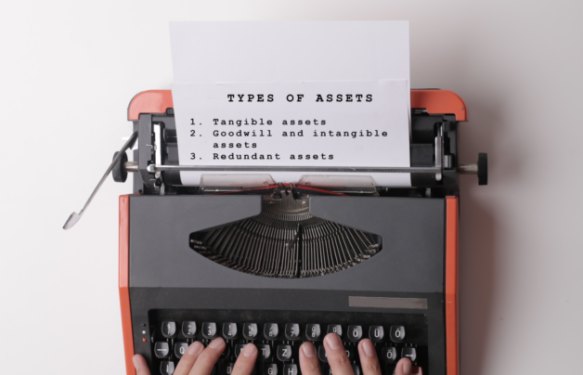Who are minority shareholders?
A minority shareholder is any shareholder who does not own a controlling interest in a public or privately-held company.
What is a minority discount?
In a notional valuation context, a minority discount is when the pro rata value of a particular minority shareholding is reduced to reflect the disadvantages of owning a minority interest of an asset or security
as a whole. Typically, a minority shareholding realizes a discount for:
- The inherent lack of marketability or illiquidity, which refers to assets or securities that cannot be sold and converted to cash without a loss in value. Minority shareholdings are generally viewed as less marketable or liquid than a controlling interest, therefore attracting fewer potential buyers resulting in a discount. Sometimes referred to as Discount for Lack of Marketability or DLOM; and
- The lack of control over the company’s operations and the ability to influence the future direction of the company and the distribution of profits/dividends. Sometimes referred to as Discount for Lack of Control or DLOC.
The level of minority discount can range significantly depending on the facts of the particular situation and ownership interest held.
Minority shareholders in a publicly traded company vs. a privately-held company
Minority shares in a publicly traded
company, where shares are widely held and large volumes of share are frequently traded, usually has a minimal illiquidity discount. While minority shareholders have no control over the direction of the public company, they can choose whether to sell or hold the company’s shares. As a result, there is often no significant discount for illiquidity or lack of control.
In contrast, a privately-held company’s en bloc value may already reflect a general illiquidity discount as there is no ready market available to buy or sell shares in a privately-held company. A further discount for
illiquidity may apply specifically to a minority shareholder, compared to a controlling shareholder of the same privately-held company.
Factors influencing discount
While the specific methods and possible empirical evidence are outside of the scope of this article, the quantum of the discount for lack of control and lack of marketability, which are sometimes combined into one discount, is dependent on several factors, including the following factors:
- Shareholder’s level of involvement in the business.
- A shareholder who is on the board of directors or involved in the daily operations of the business would generally have a lower quantum of discount than a shareholder who has no involvement in the business operations or governance.
- Relationship and size of the shareholding relative to the other shareholdings.
- In scenarios where there are no controlling shareholder, the relationship and combination of the size of the subject shareholding with other minority shareholders must be considered to determine if the subject shareholder can influence decisions.
- Additionally, the applicable minority discount may be less or a potential premium may be available, if the other minority shareholders want to purchase the subject’s shares in order to become a majority shareholder.
Shareholders’ agreements
- Clauses that influence liquidity or control will have influence on the quantum of a discount, such as restrictions on share transfer, rights of first refusal, or tag-along/drag-along provisions.
Nuisance value
- Shareholders who hold just enough shareholdings to prevent or delay the plans of a controlling shareholder are considered to have “nuisance value” and may have a lower quantum of discount.
- It is difficult to determine the discount for nuisance value in a notional valuation.
Family or group control
- Shareholders who act in concert and in aggregate owns over 50% of the shares, may not have an applicable minority discount. However, a third party who enters into a shareholder agreement may have a significant minority discount applied to the value of their shares.
Dividends
- A history of dividend distribution is an indication of return on investment and may indicate less of a minority discount.
Prior sales of minority shareholdings
- Prior transactions provide insight regarding the quantum of any minority discount.
To apply a minority discount or not?
To determine whether a minority discount applies, consider the following two factors: the purpose of the valuation and the valuator’s professional judgment. If the valuation were to determine the value of the minority’s interest for the purpose of a sale to a non-related party, a minority discount would apply. The quantum of the discount that applies to the sale requires a valuator’s professional judgment and analysis.
In shareholder disputes involving oppression, one of the remedies is to have the corporation purchase the oppressed minority shareholder’s interest at fair value. In this case, a minority discount would not apply.If you have any questions or require assistance with determining if a minority discount is applicable and the quantum of the discount, please contact a member of our Financial Services Advisory Team (FSAT) team.



